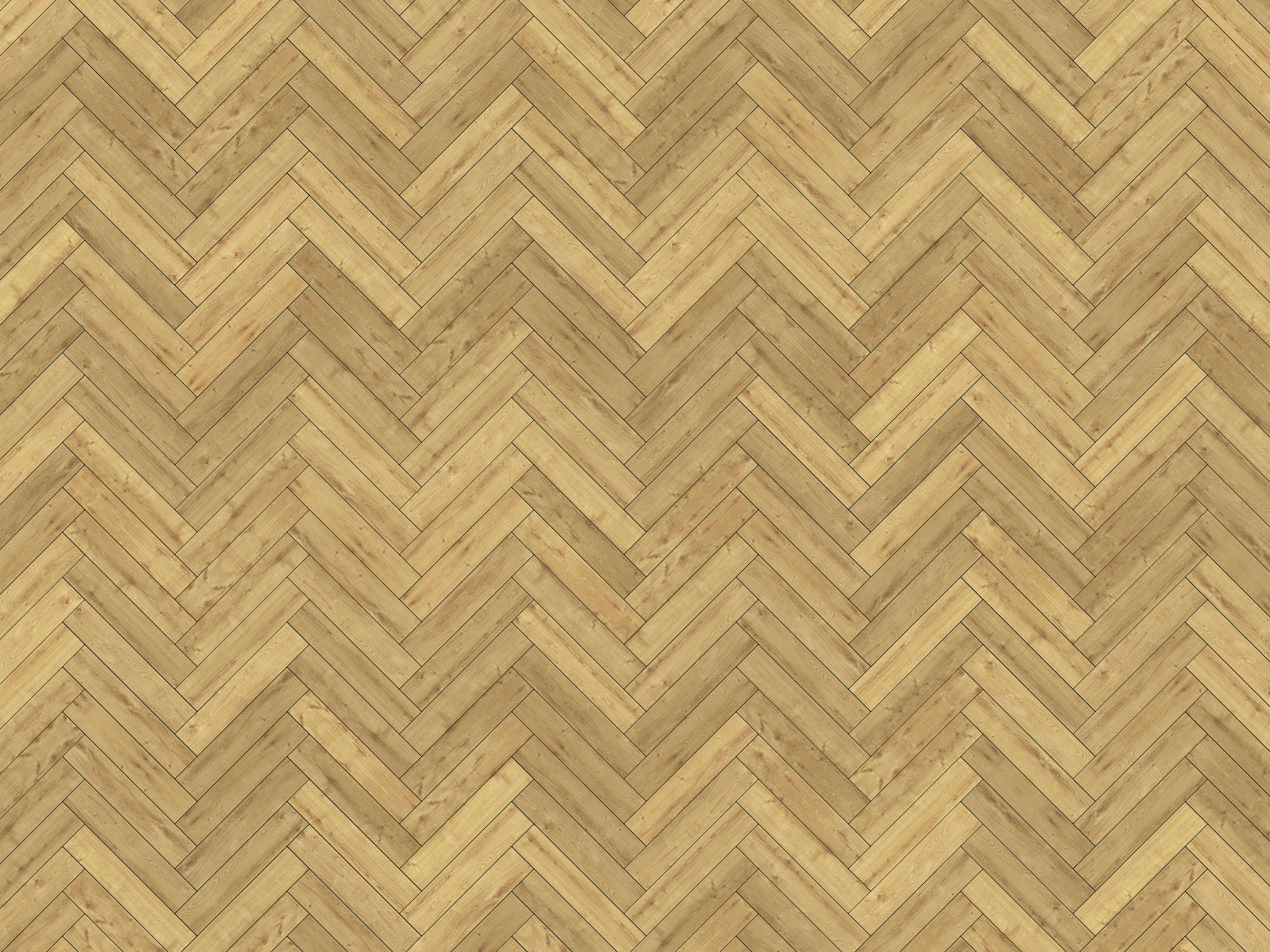When it comes to deciding on a flooring material, the choices are pretty much endless. If you’re narrowing it down to something that looks elegant, but is budget friendly, you may want to investigate herringbone laminates. What is herringbone laminate flooring? In this article we’ll find out.
A Unique Pattern
Herringbone is a unique pattern that was first used by the Romans to build their roads. The name comes from its resemblance to the skeleton of the fish. Small slats of wood are oriented at 90 degree angles to create a V shape. The way these V shapes are lined up creates an overall zig zag pattern.
A Luxurious History
Because of its intricate pattern, herringbone has often been associated with luxury and splendour. It first became used as a flooring material in 16th century castles and other buildings frequented by the nobility. The effort and workmanship involved in its manufacture and installation ensured it could only be afforded by the wealthy.
Modern Day Affordability
With the advent of laminate flooring, herringbone became more accessible to those restricted by their budget. As opposed to solid hardwood, laminate flooring consists of pressed wood fibreboard that has a photographic image of a wood grain pattern on its surface. A very thin transparent wear layer protects the appearance of the faux wood grain.
Ease Of Installation
Compared with solid or engineered hardwood, herringbone laminate flooring is much easier to install. Hardwood flooring in general requires professional installation. This becomes even more essential when dealing with the complexity of the herringbone design. Laminate flooring, on the other hand, is much more conducive to a DIY project. The fact that the planks don’t need to be nailed or glued down makes it possible for a non-professional, using patience and care, to produce a quality finished product.
Maintenance And Lifespan
Laminate floors are typically easier to maintain than solid or engineered hardwoods. They’re often more resistant to moisture, scratches and dents. In fact, waterproof laminates are now readily available. However, since laminate flooring can’t be refinished, it has a shorter lifespan than hardwoods. You can expect your laminate flooring to last around 10 years.

